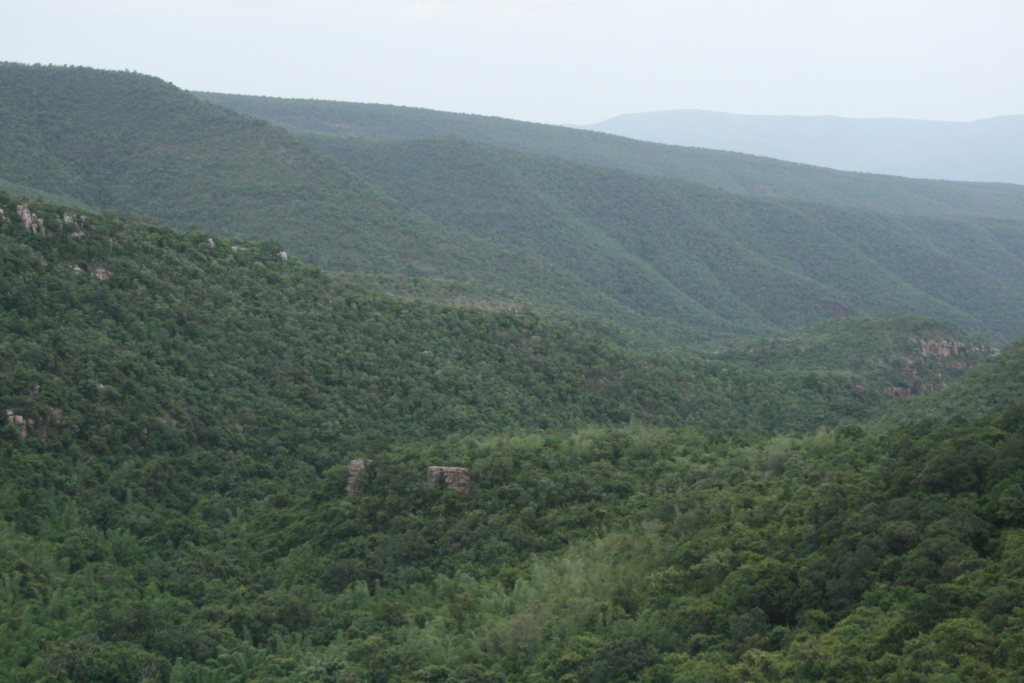Diversity of habitats in Andhra pradesh
Key Notes :

1. Introduction to Habitats
- A habitat is a place where organisms live and interact with their environment.
- Andhra Pradesh has diverse habitats due to its geographical and climatic variations.
2. Types of Habitats in Andhra Pradesh
- Forests:
- Found in regions like Nallamala and Eastern Ghats.
- Types include tropical deciduous and dry forests.
- Home to animals like tigers, deer, and peacocks.
- Coastal Ecosystems:
- Andhra Pradesh has a long coastline of 972 km along the Bay of Bengal.
- Mangroves, estuaries, and beaches are common.
- Rich in marine life such as fish, crabs, and turtles.
- Wetlands:
- Include lakes, rivers, and ponds like Kolleru Lake and Pulicat Lake.
- Important for migratory birds like flamingos and pelicans.
- Hills and Plateaus:
- Eastern Ghats provide habitats with unique flora and fauna.
- Known for medicinal plants and rare animal species.
- Agricultural Lands:
- Rice paddies and plantations dominate large areas.
- Support birds like egrets and reptiles like snakes.
3. Climatic Influence
- The diverse climate, ranging from coastal humid to dry inland regions, influences the habitats.
- Monsoon and river systems like Godavari and Krishna contribute to rich biodiversity.
4. Biodiversity in Andhra Pradesh
- Flora: Neem, teak, bamboo, and mangrove species.
- Fauna: Tigers, leopards, elephants, crocodiles, and a variety of birds and insects.
5. Conservation Efforts
- Wildlife sanctuaries like Papikonda, Sri Venkateswara, and Kambalakonda.
- National parks like Sri Venkateswara National Park.
- Mangrove conservation in areas like Coringa Wildlife Sanctuary.
6. Importance of Habitats
- Provide resources like food, water, and shelter for living organisms.
- Help maintain ecological balance and support livelihoods.
7. Human Impact on Habitats
- Deforestation and urbanization threaten biodiversity.
- Pollution and overfishing affect coastal and aquatic ecosystems.
8. Ways to Protect Habitats
- Afforestation and sustainable farming practices.
- Awareness programs and community participation.
- Protection laws and wildlife conservation projects.
Let’s practice!

